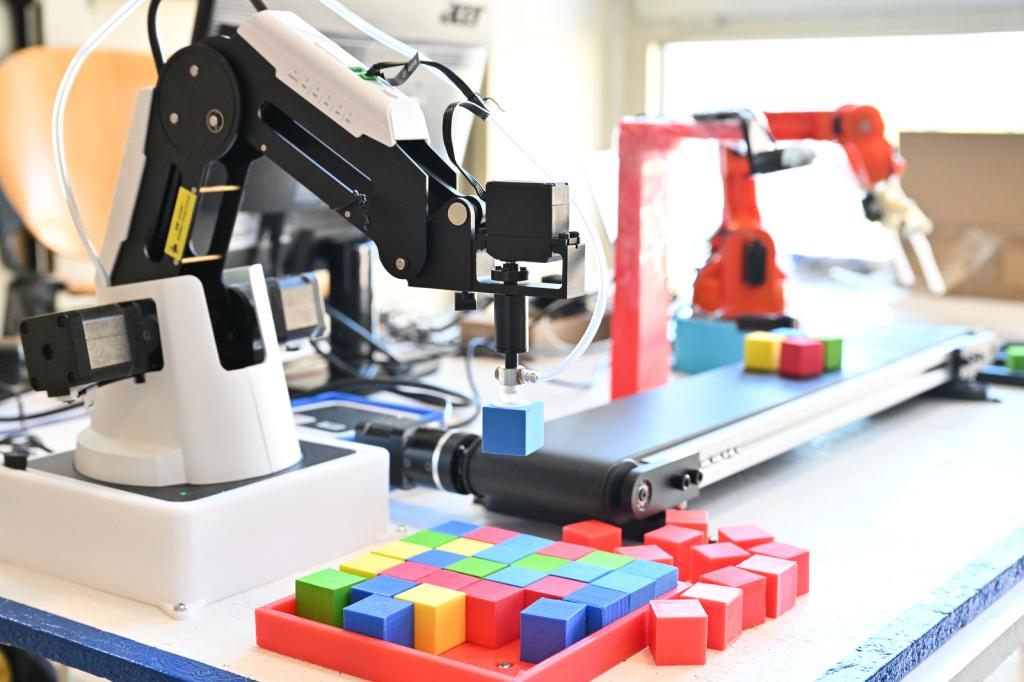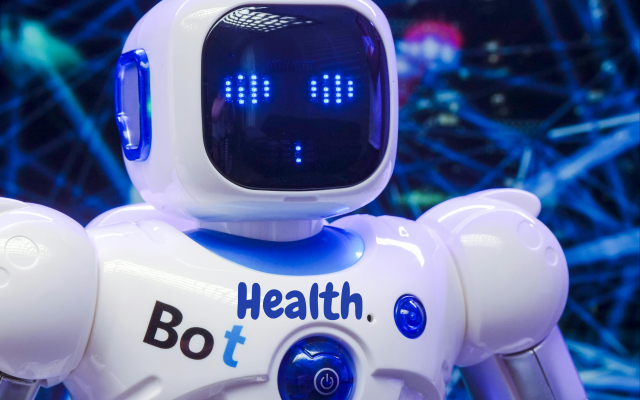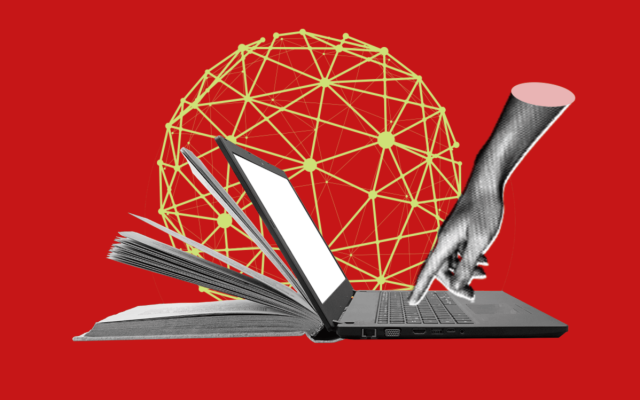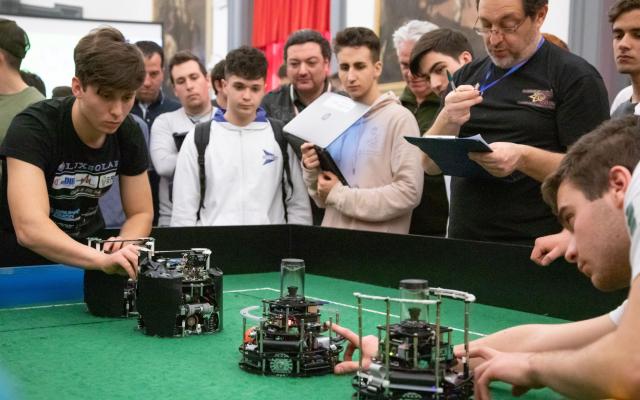Robotic Arm Challenge: the projects presented by the Fermi School in Rome to improve quality and productivity.
Are we sure that school and work lie so far apart? We return to the question we posed yesterday and reply with another story [see news: Surgery Robots]. According to the International Federation of Robotics, there are five main trends in automation: artificial intelligence and machine learning, new cobot applications, mobile manipulators, digital twins, and humanoid robots. And three out of these five trends can be identified in the projects presented by the Rome Enrico Fermi technical-industrial institute for the Robotic Arm Challenge held for the first time at RomeCup 2024.
Team FermiRobotics is composed by Leonardo Bellomo, Tommaso Coviello, Gabriele Brevetto, Lorenzo Evangelisti, and Tiziano Cafarelli. “We are fourth-year students at ITIS E. Fermi in Rome from various fields of study but united to explore the world of robotics. Our diversity is our strength. We combine knowledge in electronics, programming, design, and project management to face every possible challenge with creativity and ingenuity. Teamwork and the sharing of skills allows us to achieve a perfect fusion of technique and collaboration.”
Team FermiRobotics developed three specialised robotic arms for the manufacturing sector.
The first is an advanced quality management system that employs AI to execute detailed scans and remove defective elements from working ones (Smart Arm Category). “Our robotic arm is integrated with an Nvidia Jetson Nano-card. Thanks to an AI algorithm, it carries out an accurate selection of items based on their quality,” explain the students. “Through an advanced analysis of a given parameter, it identifies and collects the components that comply with the required standards, separating and discarding those that do not meet the quality criteria. This process ensures that only high-quality parts are used, optimizing production and reducing waste.”
The second project is a scale reproduction of a factory sorting line with two robotic arms and a conveyor belt for quality control and material separation. Cubes of various colours simulate the production items to compare and select (Collaborative Robotic Arm Category). “The system uses two robotic arms, a Dobot Magician and a TinkerKit, as well as a conveyor belt,” explain the students. “The Dobot Magician, capable of moving along four axes with interchangeable tools, removes the cubes, facilitated by a vacuum aspirator. The cubes are then transported to a photoelectric sensor, which interacts with the software to prepare them for sorting. The TinkerKit, assisted by artificial intelligence thanks an Nvidia card and a camera, determines the colour of the cubes to sort them into specific areas, emulating a selection process based on product quality.”
The third project implements an automated warehouse sorting system (Virtual Competition Category). “In the simulation we created,” the students explain, “an operator can request an object and it will be delivered automatically to their desk. This occurs via the use of two robotic arms and a conveyor belt. The objects that are transported, for simulation purposes, are simple cubes. The process simulates the efficiency and effectiveness of automation in real work contexts, highlighting the importance of robotics in optimizing logistics operations. It can also be applied to different scenarios, for example, an automated pharmacy that can request drugs from its storage facilities.
The Fermi Institute is directed by Monica Nanetti. The Fermi Robotics Teams are coordinated by Professors Amerigo Guercini and Emanuela Pietrantuono.





